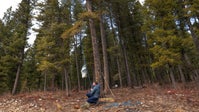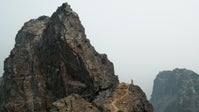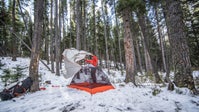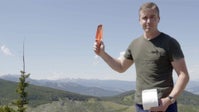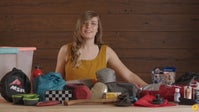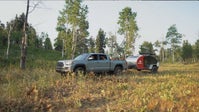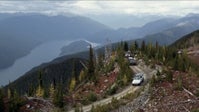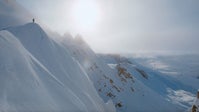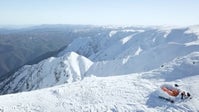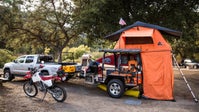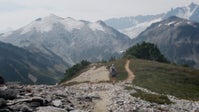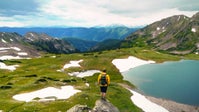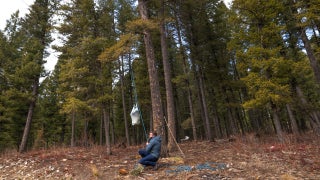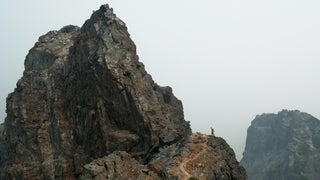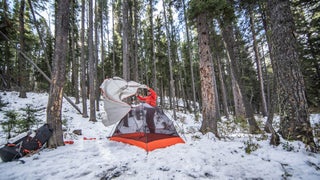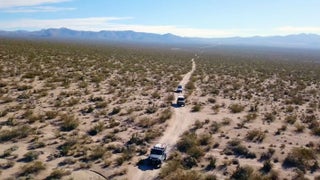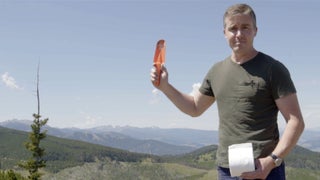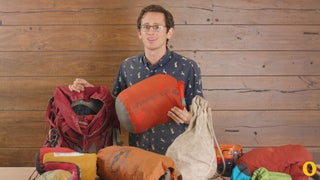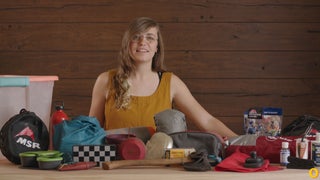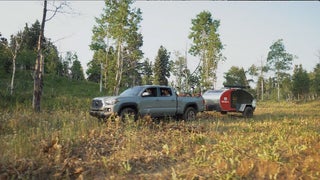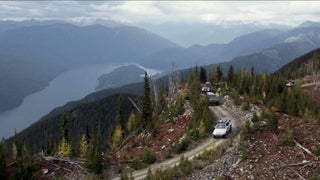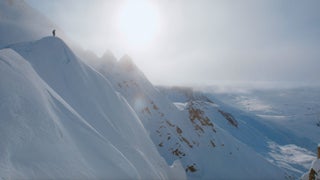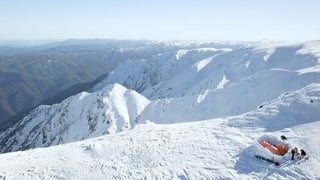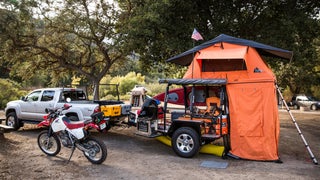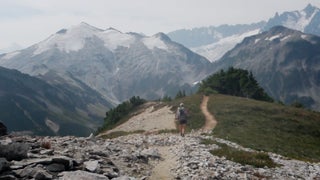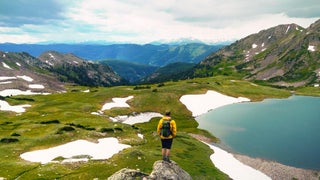TAYLOR GEE: Hi, my name is Taylor Gee. I'm an editorial fellow here at ���ϳԹ��� Magazine. And last summer, I through-hiked the Pacific Crest Trail. So today what I wanted to show you was how I packed my backpack, which is an important skill to learn if you want to be happy and not miserable on the trail. So this is how I did it.
So when I was packing my backpack, I could think of it in four different categories. You have what's on the bottom, what's in the middle, what's on top, and what's in the accessory pockets, often on the outside. Knowing those different categories and the weight distribution is really important to packing your backpack right. The very first thing I always put in my backpack is my sleeping bag. And there are a few different reasons for that.
One of the reasons is that you always want your lightest gear at the bottom of your backpack. A lot of people think you're backpack should be like a grocery bag, where you're trying to put the heaviest items at the bottom and lighter weight stuff on top. You don't want to do that for your backpack. It's going to hurt your back. So the most common thing is to put your sleeping bag at the bottom, because it takes up quite a bit of volume for not that much weight. It also is something that you're not going to need to use until the very end of your day and you're setting up camp, so there's no problem to keep it at the bottom your backpack. And you can just leave it there for your entire hike.
So to finish off the bottom section of my pack, I would usually put in the other pieces of gear that I wouldn't need until I set up my sleep system at night. So that would include my base layer clothing, my sleeping pad-- which is also relatively lightweight, and I won't need when I'm hiking during the day-- and finally, the sleeping bag liner, which I would also not use until the end of the day.
After I have the bottom section-- which is supposed to be lighter weight-- completed, I would usually go to the middle section. The middle section is where you want your heaviest items. Not only do you want them in the middle, you want them to be as close to your back as possible. So usually what I would do is I would put adjacent to one another my earth sack, which is where I keep my food. And then right next to that, one of the other heavier, bigger items I have is my backpacking tent. And they would go side by side to one another.
In addition to my food sack, I will usually put on top of that my stove system. That will usually just go right on top of my earth sack. And now the three heaviest items I might have, which in my case was the tank, the stove, and the earth sack, are in the middle, are closest to my back, and are going to be the most comfortable to carry on a 20-25 mile hike. After you have the middle section done, what you'll want at the very top are things that are maybe not as heavy as the middle section, but things that you'll want to maybe take out regularly or put back into your backpack throughout the day while you're hiking. So for example, I would usually have my middle layer go above the earth sack, stove, and tent in my backpack.
So at this point, when I have completed the midsection of my backpack, going to the top section with my lighter mid-layer, what I would usually do is I would close up backpack by pulling the drawstring and clicking in the brain. And for the final items of my kit, I would usually put them on the exterior pockets or in the brain of the backpack.
So in this, which is arguably one of the most accessible sections of your backpack, I would put a few lighter weight items which I might want during the day. For example, my backpack rain coat. There are a few electronics I would take and put it in my brain. For example, my external battery charger, headphones, stuff that I might want to grab without having to unpack the whole backpack. A trial, and I would usually do some small stuff like toiletries as well.
So once the interior of the backpack is packed, that's when I would start using the external pockets. Those are really handy for something that you want to take out really quick, or something that might be wet and you want to dry in the sun. A couple of different things that I would keep in there. For example, I would have a water filter system usually here in the external pockets.
Another thing that I would often keep on the outside here would be the crocks that I use, which I cross rivers in, as well as use as camp shoes. Those are great things, just because you don't want dirty, messy crocks on the inside of your backpack. The final thing is hiking poles. These should not go in your backpack, because they should be in your hands at all times. Use these to hike with. And those are the basics of how you pack your backpack. Thanks for watching. I'll see you next time.
